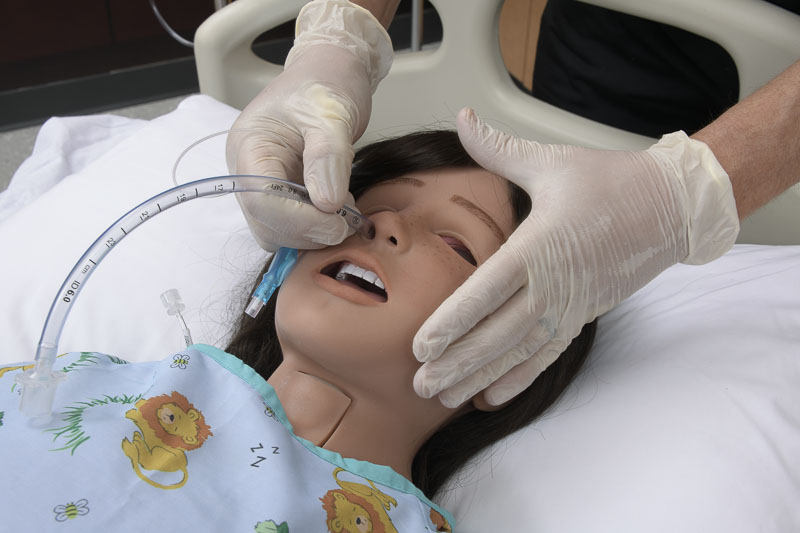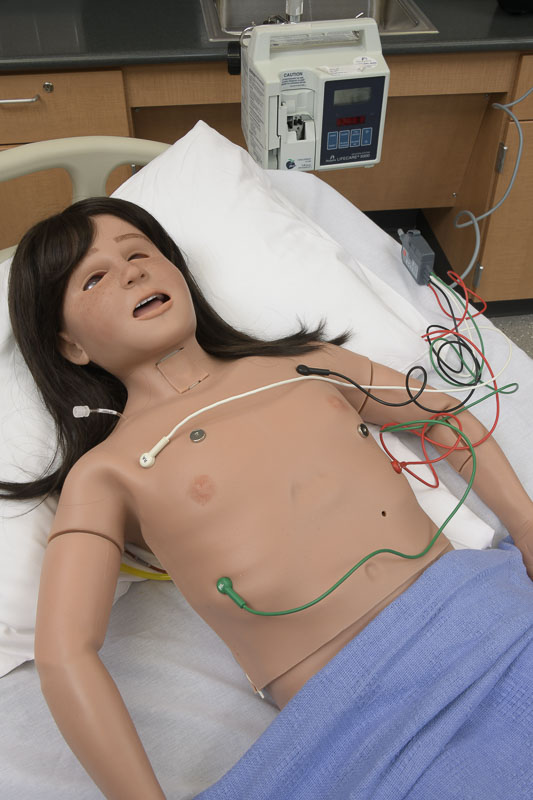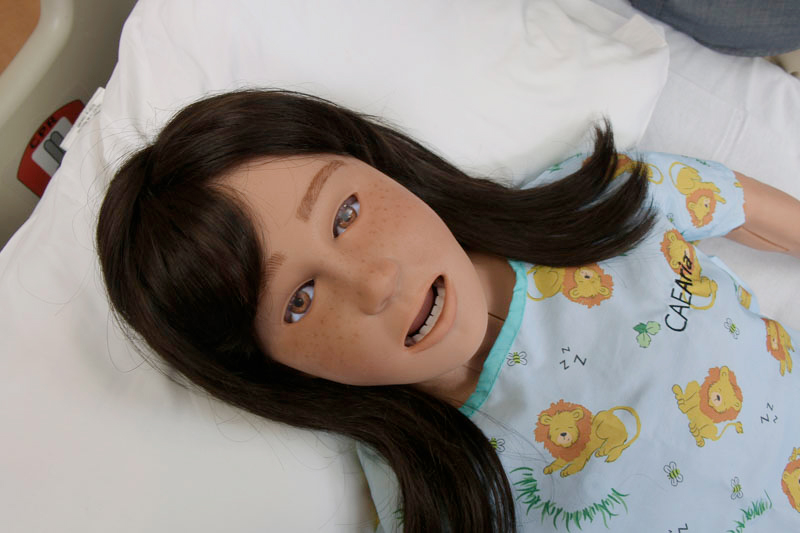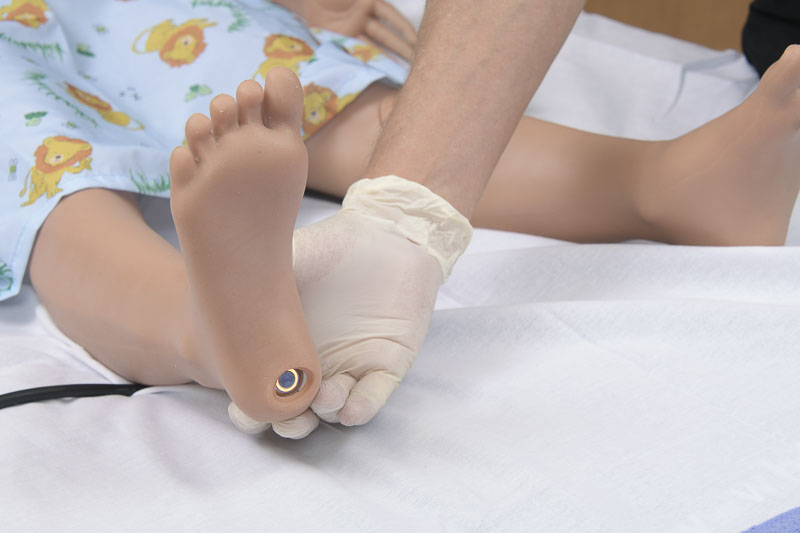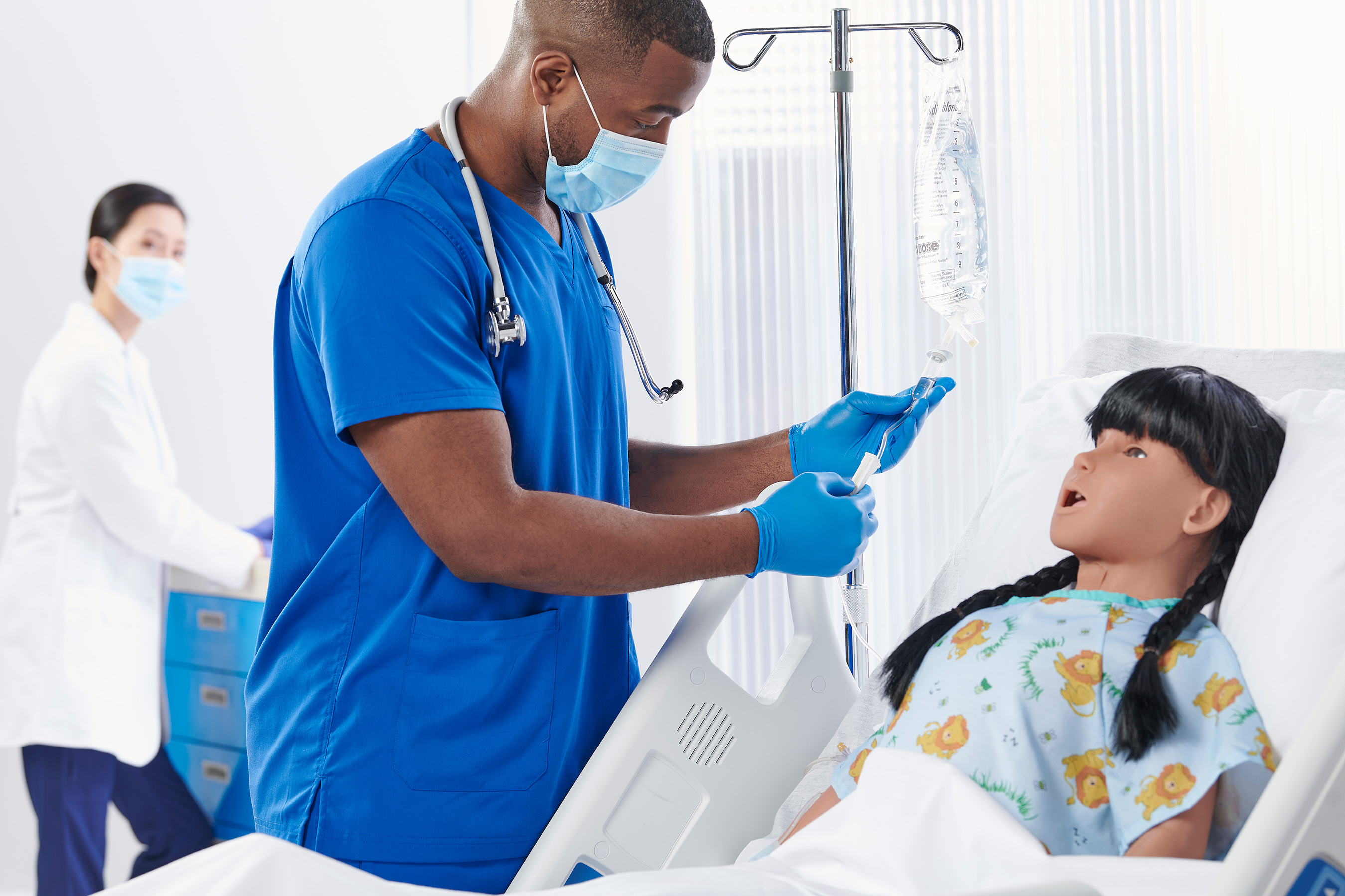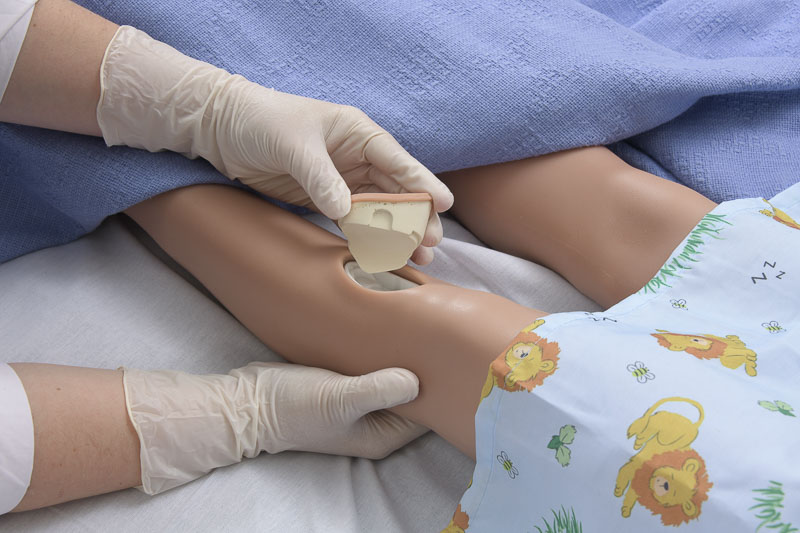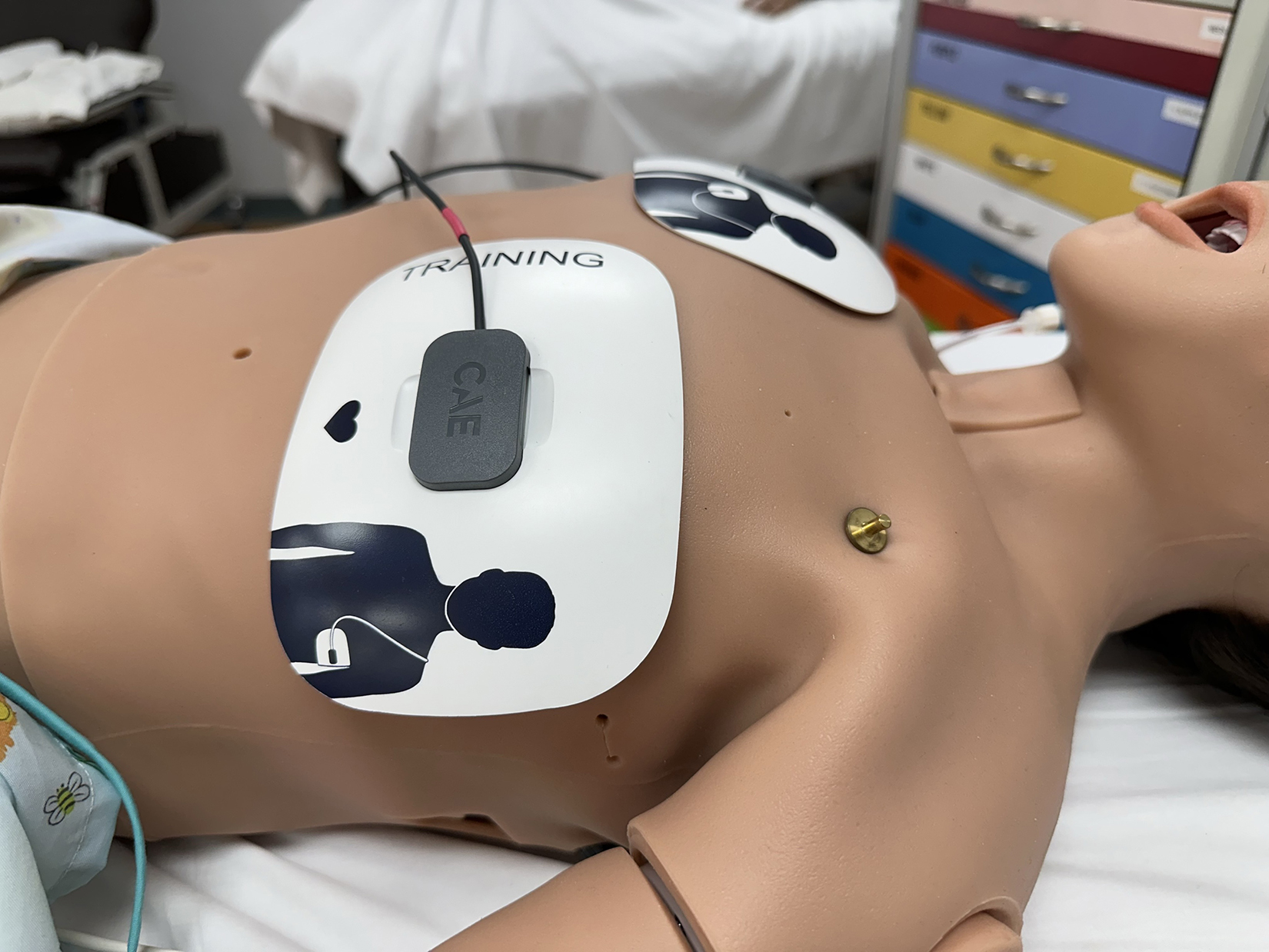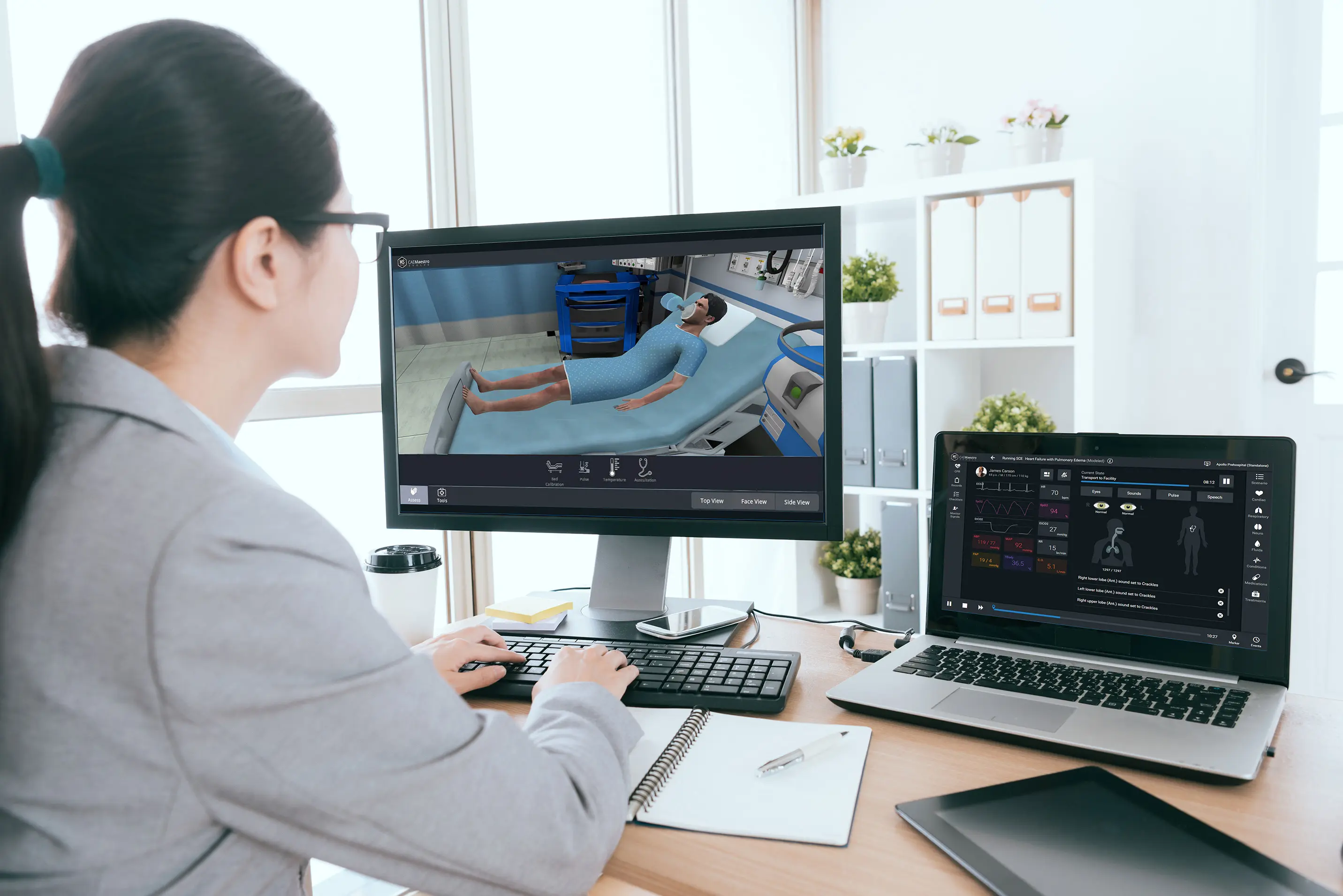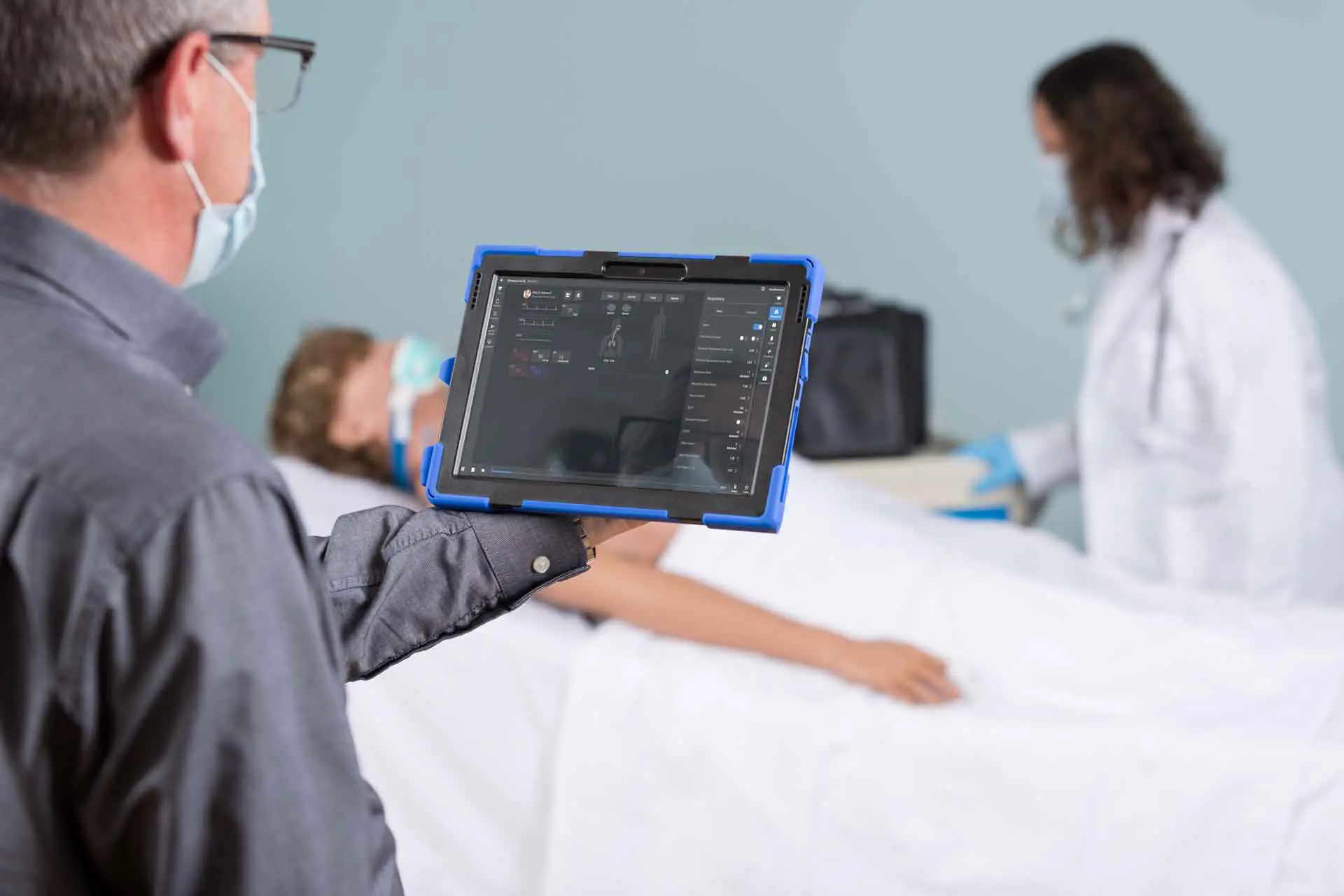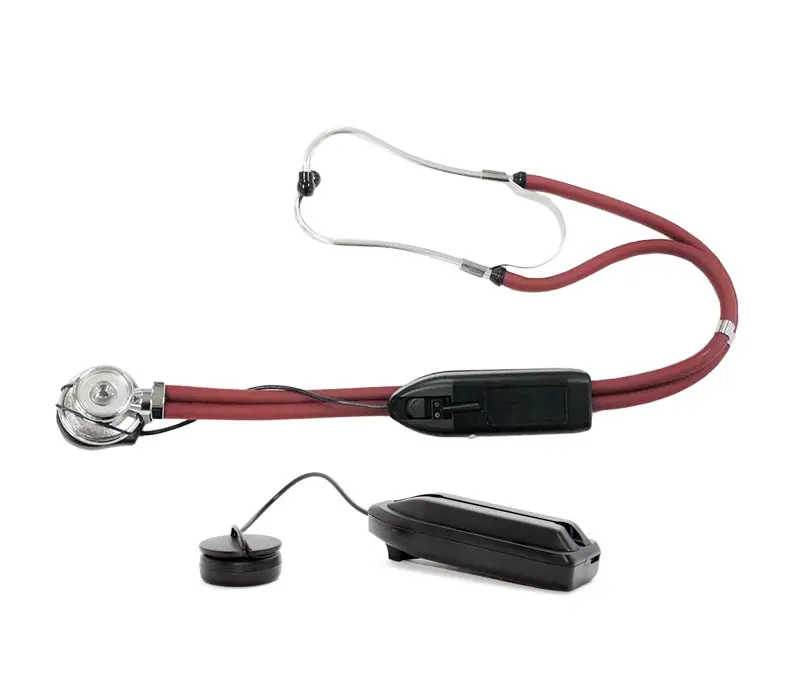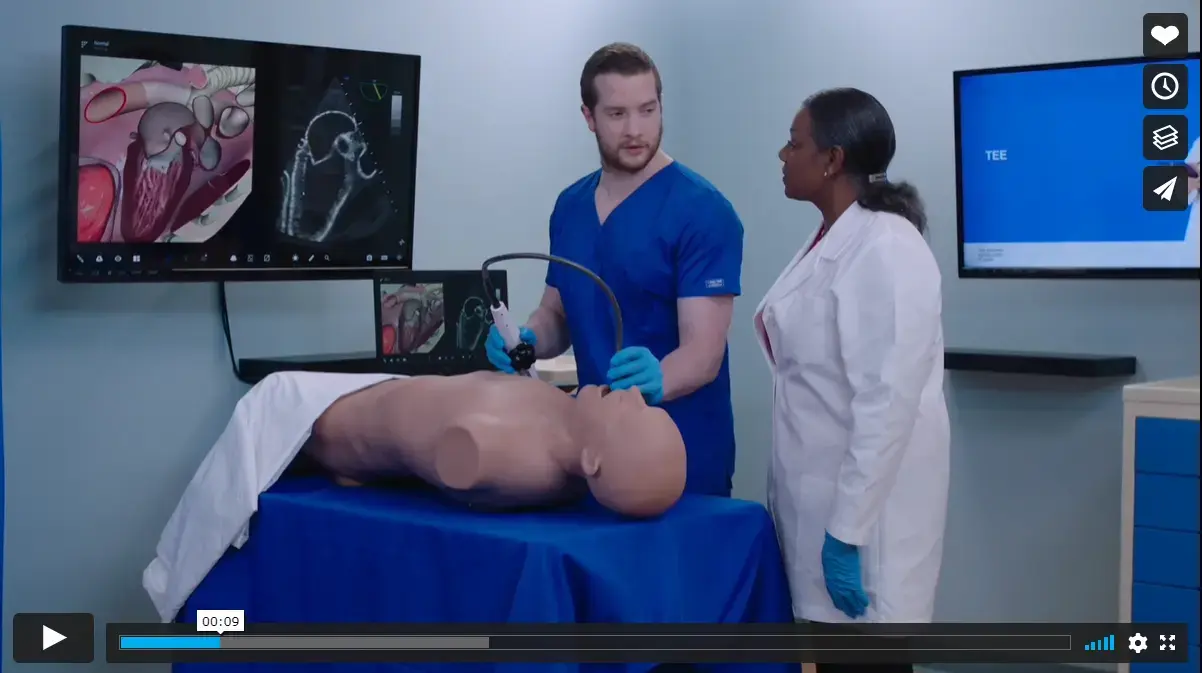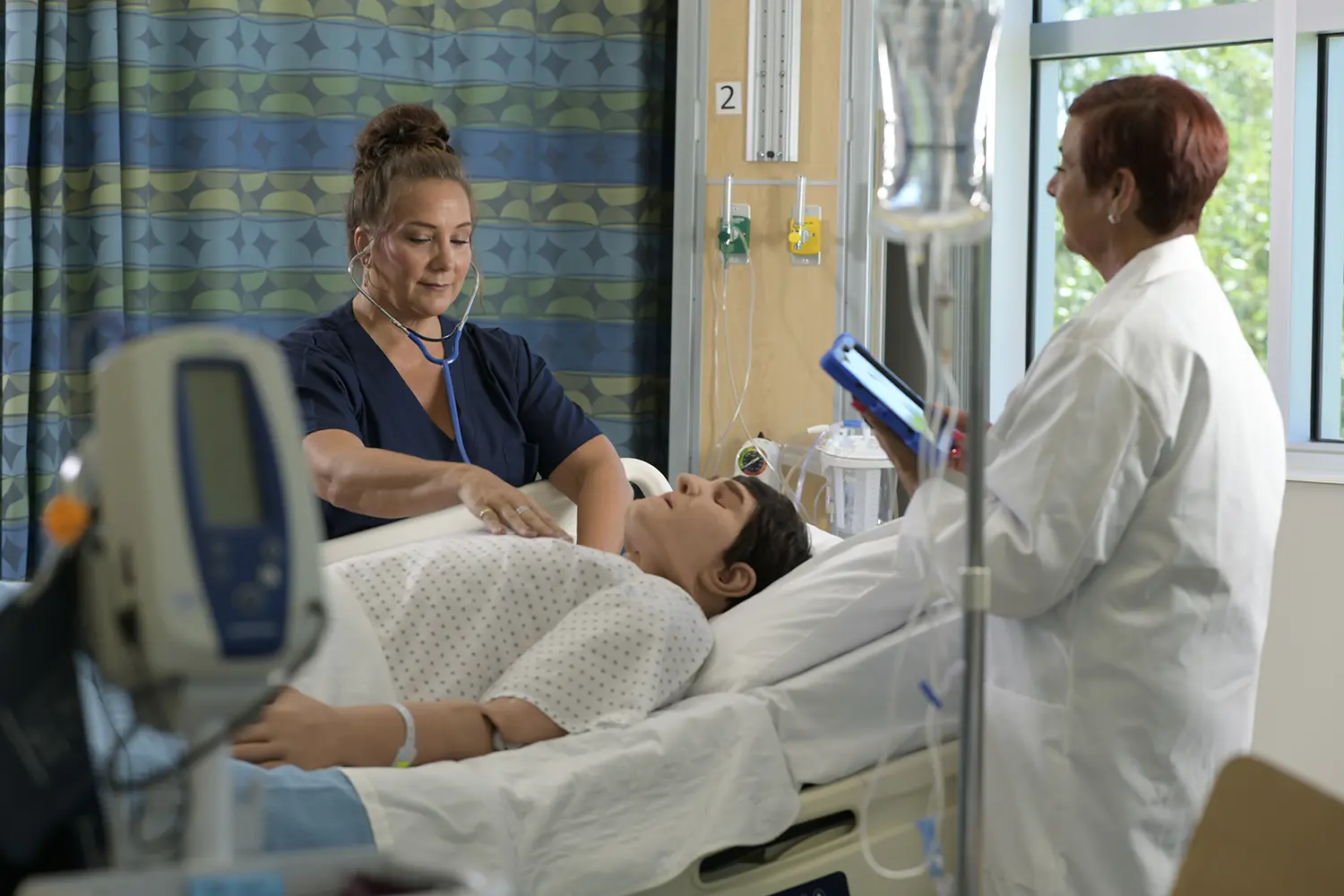CAE Aria
Request Information
Meet CAE Aria
CAE Aria, our high-fidelity pediatric manikin, addresses the special challenges of pediatric patient care. Refresh learners’ reflexes and enhance their response times with a manikin designed to develop critical decision-making skills and support life-saving pediatric certifications. Using CAE Aria can reduce medical errors, improve performance and enhance care delivery.
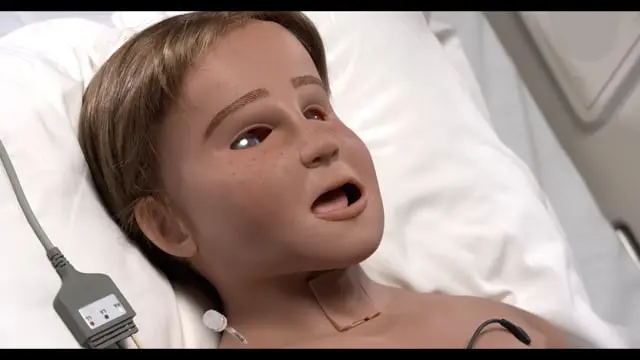
Explore CAE Aria

Deliver acute, critical and chronic pediatric care
With 10 included simulated clinical experiences, CAE Aria supports training for some of the most common and emotionally charged pediatric emergencies, from an accidental overdose to a gunshot wound. Students and practicing professionals can make assessments, apply clinical decision-making and provide medical interventions in a risk-free environment, so they’re ready for the real thing.
Simulating a 7-year-old child, CAE Aria offers interchangeable gender, 60 vocal expressions and sounds, an advanced airway and neurological features, all of which enable students and clinicians to:
 Assess verbal cues, like confusion, anxiety, stress and pain
Assess verbal cues, like confusion, anxiety, stress and pain
 Learn airway management skills
Learn airway management skills
 Conduct neurological evaluations
Conduct neurological evaluations
 Train for pediatric emergencies as if they were really happening
Train for pediatric emergencies as if they were really happening
Lifelike care in any situation
Academic programs
General/children’s hospitals
Emergency medical services
Augment your simulation training
Increase realism and prolong the lifespan of your patient simulator with a curated selection of CAE Medicor products. Packed with comprehensive skills trainers and simulation enhancements, learners can practice medical emergencies with durable accessories before performing tests on the patient simulator manikin.
| The curated selection for Aria includes: |
|---|
| Set of 4 6x3 burn sticky wounds |
| Fine Skin Rash Sticky Wounds (Qty. 2) |
| Ecchymosis Sticky Wound (Qty. 2) |
| Pediatric Injectable Abdomen, Belt, Protect Plate |
Express, Value or Premier Warranty Coverage - Stress-free maintenance for your product
At CAE Healthcare, we strive to deliver the highest quality customer support in the industry. Our global network of service technicians and clinical advisors are committed to helping you maintain smooth, stress-free operations with little or no downtime.
